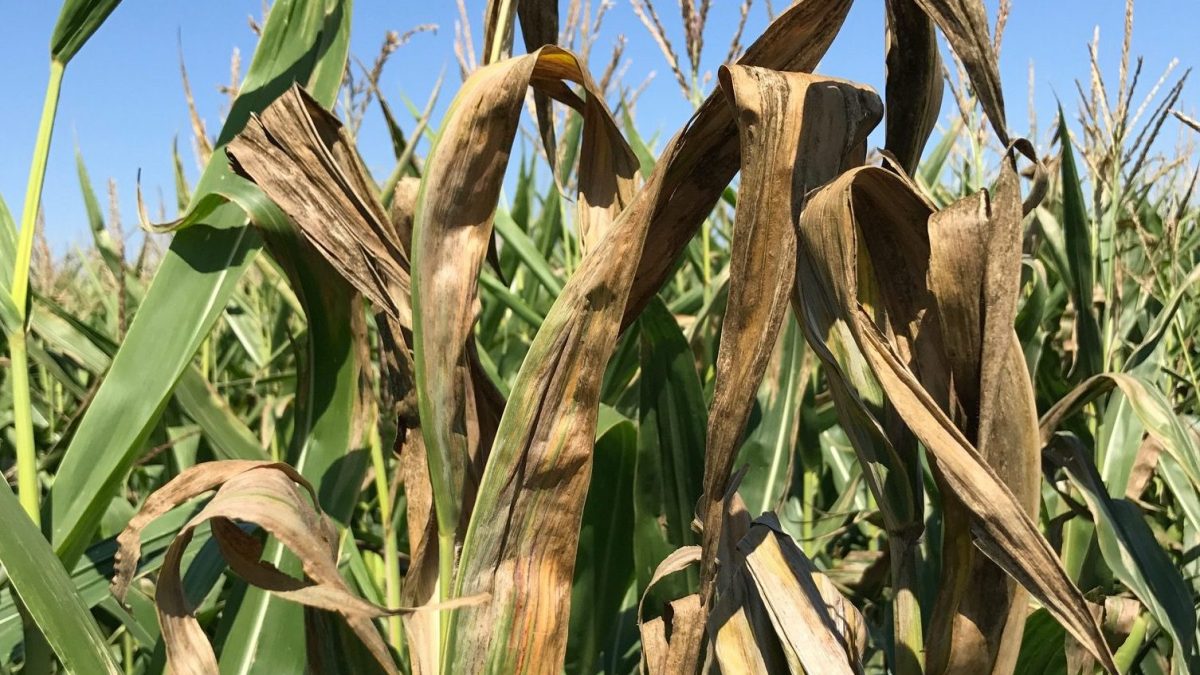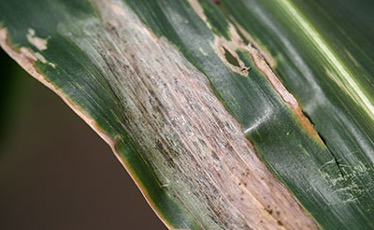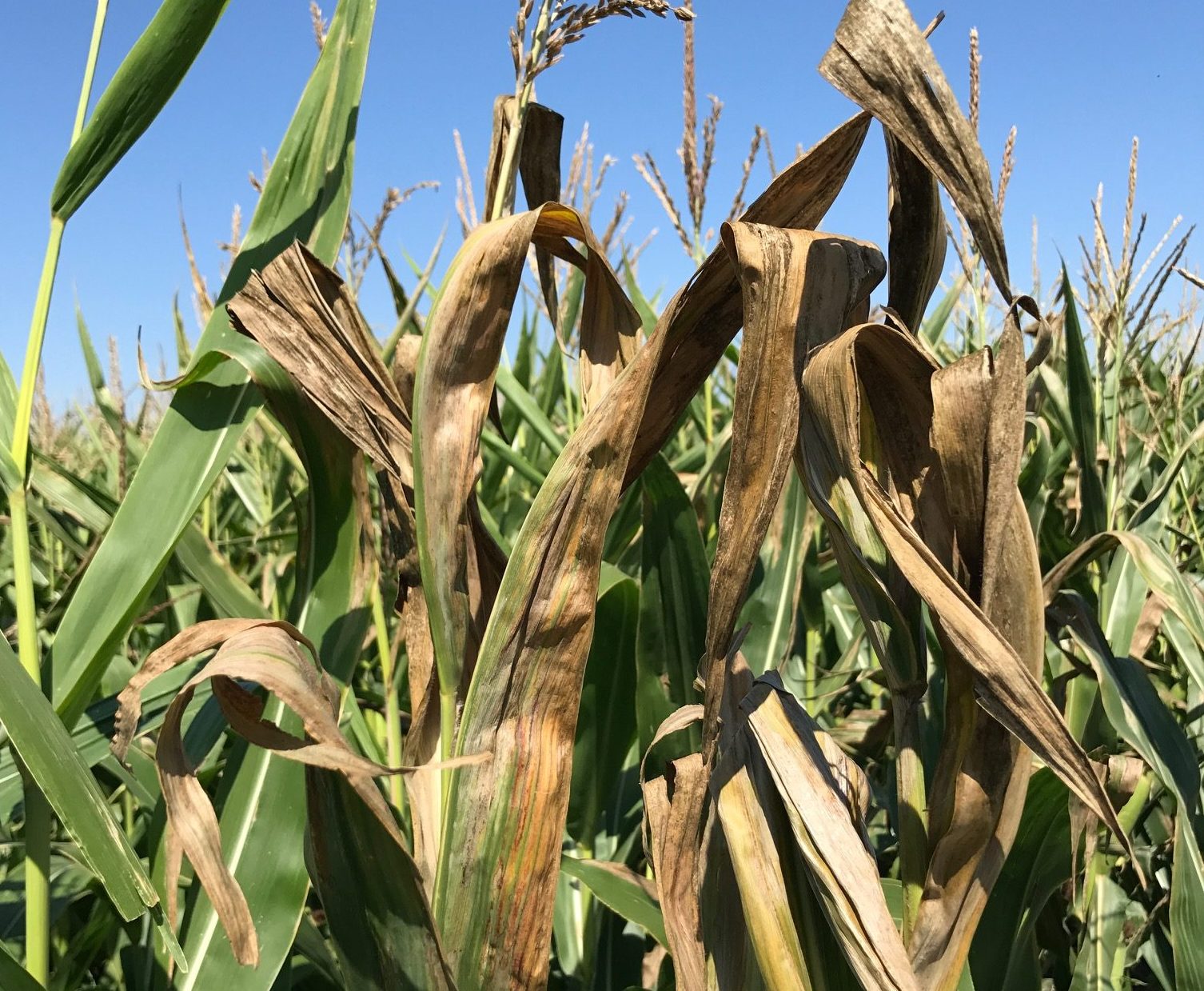Goss’s Wilt Myths – Separating Fact from Fiction

Goss’s Wilt has been continuously on the rise in ND, SD, MN and surrounding states. If you raise corn or have a neighbor who does, you’ve probably seen or experienced the effect this disease can have on a corn crop.

As is typical, the number of Goss’s myths and facts I’ve heard around the region have grown right along with the prevalence of the disease. But first of all: What is Goss’s exactly?
What is Goss’s Wilt?
Goss’s Wilt is a bacterial disease of corn recognized by the water-soaked lesion formation and freckling in leaves. Bacteria enter the plant through wounds caused by wind, heavy rain or hail. The bacteria overwinter in corn residue, so the highest infection rate comes from a corn-on-corn scenario.

Now that we’ve covered the basics of what Goss’s actually IS, I’d like to bust a few of the biggest myths I’ve heard about the disease.
Myth – I can use Fungicide to control Goss’s Wilt.
Fact – Unfortunately, there is nothing you can spray on Goss’s Wilt infections to control it. It is a bacteria, which means a fungicide will do nothing to stop the disease.
Myth – If I didn’t have corn last season, I don’t need to worry about Goss’s Wilt in my corn acres this year.
Fact – Inoculum on infected residue leaves can blow for short distances…which means from one field to the next! It is important to consider the Goss’s risk in neighboring fields and surrounding areas when choosing your corn hybrid.
Goss’s bacteria can also overwinter in hosts other than corn like sorghum, four Foxtail species (Giant, Green, Yellow, and Bristly), Barnyard Grass, Shattercane, Large Crabgrass, Johnson Grass and Annual Ryegrass.
Myth – Because Goss’s Wilt only affects the leaves, it won’t impact yield since it does not infect the ear.
Fact – The Goss’s bacteria can infect the plant at any time during the growing season, causing anywhere from very minor to severe yield loss. According to NDSU surveys conducted since 2014, there is 30-50% yield loss potential in field areas where the disease is present. The earlier in the growing season the infection occurs, the greater the loss.
Now that you’re equipped with the facts on Goss’s, check out our top 3 Ways to Prevent Goss’s Wilt in your corn. Choosing the right hybrid is extremely important. Luckily, Peterson Farms Seed corn hybrids need AT LEAST a “Good” to “Very Good” Goss’s rating for the hybrid to even make it into the line-up.
Reach out to anyone on our agronomy team, including myself, or your Peterson Farm Seed Representative with any questions on Goss’s ratings and to find the best corn hybrid to fit your farm.











